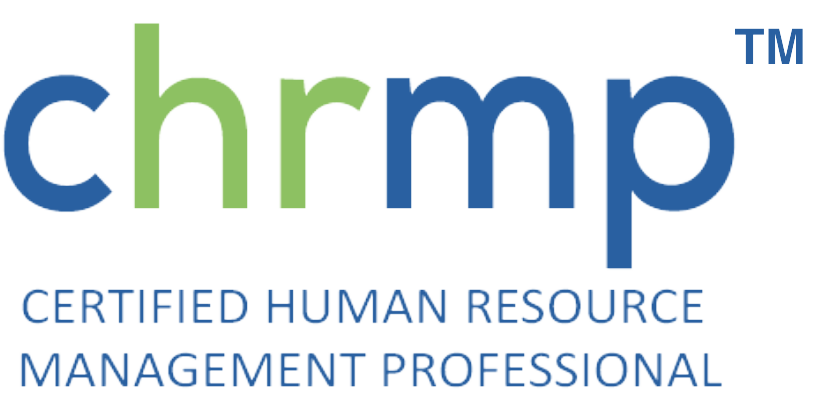Defining the Employee Experience.
The employee experience begins with the recruitment process, follows an employee through his or her career, including raises and promotions, and lasts until the employee leaves the organization.
It includes an employee’s formal job responsibilities, compensation and benefits, the organization’s culture and the workplace environment.
Employee experience also takes into consideration each employee’s relationships with co-workers, managers and customers.
While the employee experience is most directly tied to human resources (HR), all leaders within an organization share responsibility for improving it.
Any evaluation of the employee experience should come from the employee’s perspective, rather than the company’s view.
This helps leaders within the organization zero in on areas in which the employee experience is positive and those where it is lacking and in need of improvement.
While employee experience may seem similar to employee engagement, it encompasses a more holistic view of the organization and the employee’s place within it.
At the same time, a quality employee experience often strengthens employee engagement.
HR Analytics plays a vital role, while generating essential metrics. This data can be used to track and identify potential risks, flaws, costs, employee absenteeism etc.
Organizations may track employee experience with the aid of an employee roadmap.
Sorry, there were no replies found.
Log in to reply.
